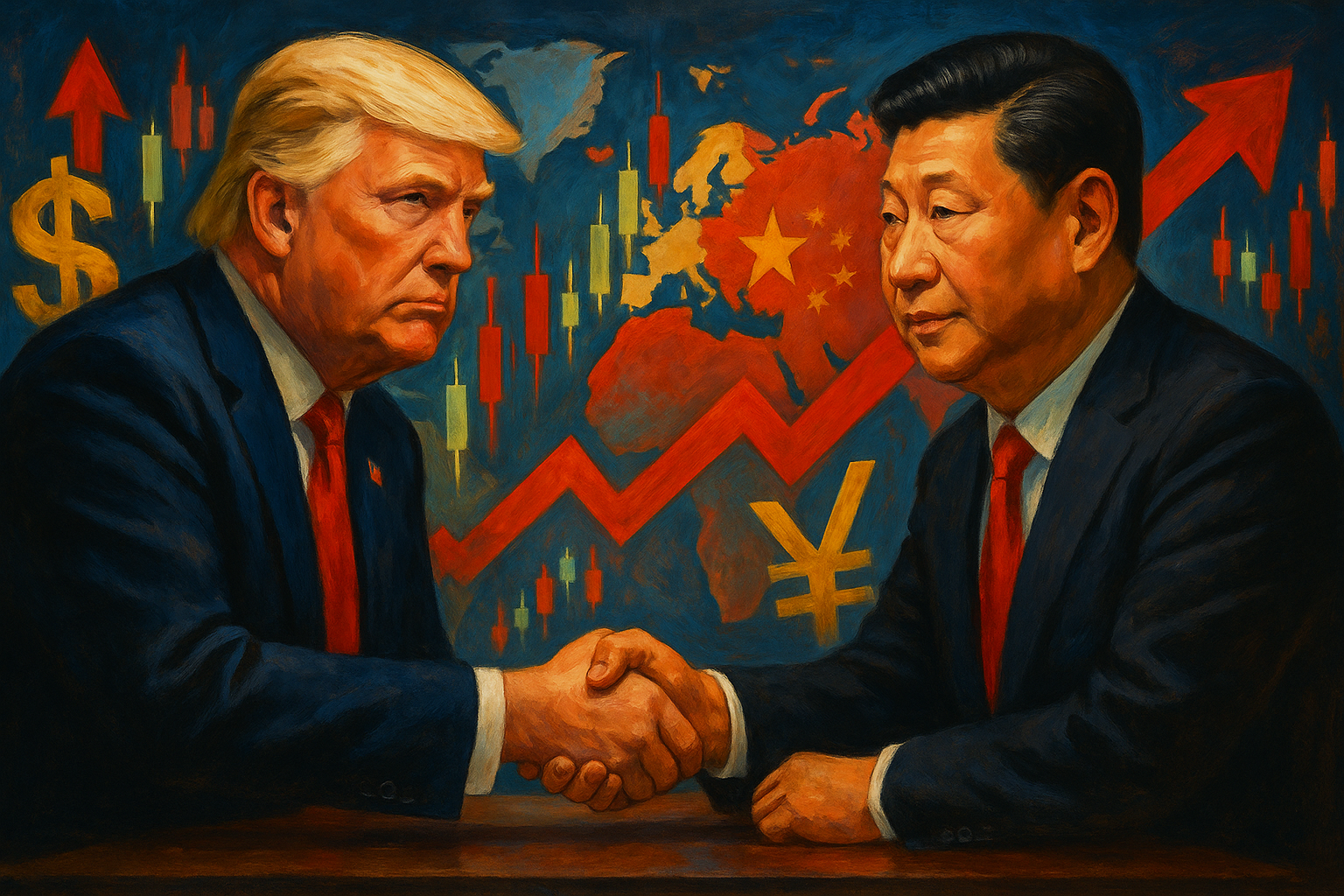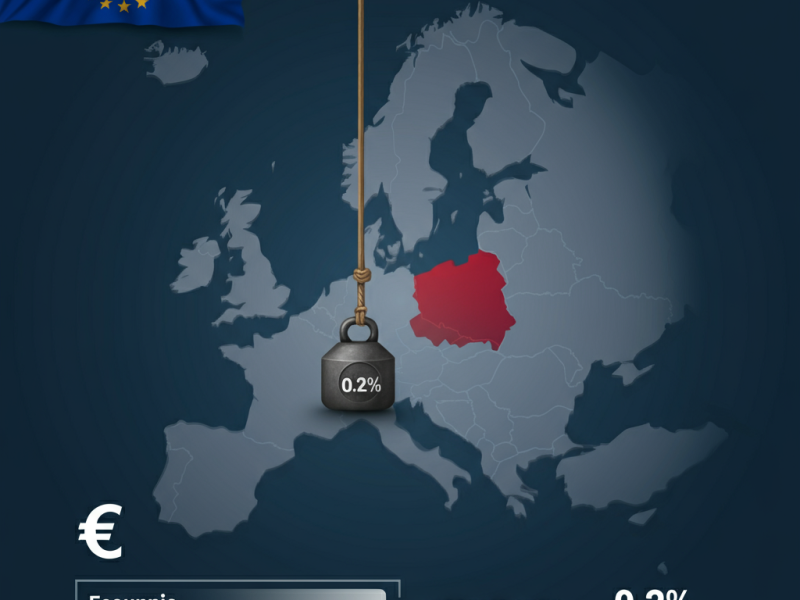When long-awaited leaders like Donald Trump and Xi Jinping finally sit down together, markets pay attention. In the most recent summit, market analysts react to Trump-Xi meet with a mixture of cautious optimism and lingering scepticism. With the global economy still jittery, their reactions offer a useful map of what comes next—and what doesn’t.
1. Why this meeting mattered
At a time when global growth is soft and trade frictions persistent, the meeting between Trump and Xi was more than photo-op. Analysts say the significance lies in the signal of dialogue and possible change in direction. For instance:
- Washington announced some tariff reductions for Chinese goods, in exchange for China resuming purchases of U.S. soybeans and allowing rare-earth exports to flow.
- The talk wasn’t just economics: geopolitics, technology access, and global supply chains were all on the table. The bottom line: by simply meeting, Trump and Xi raised hopes that a stable phase might begin. But as market analysts react to Trump-Xi meet, many emphasise the difference between promise and follow-through.
2. How markets responded
The initial bounce was modest. Here’s a summary of the mood as analysts interpret:
- Asian equities experienced a mixed session. Some early gains faded as markets weighed the details—or lack thereof.
- Commodities and global growth bets edged up, but oil prices dipped slightly amid uncertainty over implementation.
- Analysts warned: the expectations were partly priced in. So when the substance turned out less clear, markets seemed underwhelmed.
Put simply: when market analysts react to Trump-Xi meet, they say “yes, good” but also “let’s wait and see”.
3. Key analyst takeaways
Here are the main themes from experts:
- Stabilisation vs breakthrough: Many see a tactical easing, not a strategic resolution. For example, one strategist called it a “tactical pause”.
- Technology & rare earths still loose ends: While tariffs and soybeans were addressed, big structural issues—tech access, rare-earth licensing—remain unanswered.
- Implementation risk is high. Deals are only as good as follow-through. Analysts reminded investors to wait for action not just headlines.
For anyone tracking how market analysts react to Trump-Xi meet, these points give a useful reading of the hype vs the reality.
4. What it means for investors
If you’re investing today—or managing portfolios—here are some implications worth noting:
- Short-term relief possible: The mere prospect of reduced trade strain can lift sentiment.
- But don’t bet on full reset yet: Without firm measures on tech decoupling or supply-chain rewiring, vulnerability remains.
- Watch for signals: Real momentum will depend on tangible moves—tariff cuts actually implemented, rare-earth flows confirmed, tech access addressed.
- Be ready for headline risk: Markets may rise on optimism but fall just as fast if follow-up stalls. Market analysts react to Trump-Xi meet with caution for exactly this reason.
In short: investors should lean into the possibilities but keep a hedge for renewed risk.
5. Big sectors to keep an eye on
Given the context, a few sectors are particularly relevant:
- Technology: Chips and advanced tech are still at the heart of U.S.-China competition. Any breakthrough here could shift much.
- Agriculture: Soybean purchases by China are a part of the deal, and agriculture may benefit if commitments materialise.
- Commodities & rare-earths: China dominates rare-earth processing; easier exports could boost supply chains globally—but until licensing is resolved, uncertainty remains.
- Currencies and emerging markets: As global trade tensions ease (or don’t), FX and EM assets may experience volatility.
So if you’re wondering how market analysts react to Trump-Xi meet, look at which sectors they highlight—and which they remain sceptical about.
6. What to watch next
The meeting set a track, but what really matters are the next moves:
- Detailed memorandum or formal agreement: Will the pair publish a clear roadmap or just general statements?
- Implementation timeline: When will tariffs be cut, and when will rare-earth export flows resume?
- Tech policy updates: Will China permit access to key U.S. technologies? Will new U.S. controls be relaxed?
- Follow-up dialogue: Are further meetings planned between trade teams, ministers, or heads of state?
Market analysts react to Trump-Xi meet by saying: this is the start of a story, not the end of one.
7. Final thoughts
When market analysts react to Trump-Xi meet, they show a blend of guarded optimism and realism. The facts: the two men met, they said positive things, some deals were flagged. But the reality: details are limited, structural issues remain, and markets have already priced in a fair bit of the good news. For readers, the takeaway is clear: treat this summit as a step, not a destination.
Yes—there’s reason to hope for smoother U.S.-China relations and steadier global markets. But also remember: in diplomacy and trade, the devil’s in the details. So keep tracking, stay alert to follow-through, and invest (or engage) with your eyes open.
FAQ
Q1: What was the main outcome of the Trump-Xi meet?
A1: The meeting resulted in announcements of reduced tariffs for Chinese goods, resumed U.S. soybean purchases by China, and tentative flow of rare-earth exports. It signalled dialogue.
Q2: Why are market analysts cautious despite the deal?
A2: Because key structural issues—such as tech access and rare-earth licensing—remain unresolved and details are sketchy. Markets already expected some of the outcome, so the reaction is muted.
Q3: Which market sectors could benefit from this meeting?
A3: Sectors like agriculture (soybeans), commodities (rare-earths), technology (if barriers ease), and emerging markets might benefit—but with caveats.
Q4: What are the main risks going forward?
A4: Implementation failure, renewed escalation, disappointing tech outcomes, or markets realising the agreement is superficial. Analysts say it may just be a tactical pause.
Q5: Does this meeting mark a full reset of U.S.-China trade relations?
A5: No. While it’s a positive moment, analysts widely believe it does not mark a full structural reset. The core rivalry remains.
Q6: How should investors interpret this meeting?
A6: As a positive signal—improving sentiment—but not a guarantee of smooth sailing. Investors should remain cautious, monitor implementation, and keep an eye on sectors most exposed to U.S.-China trade dynamics.


